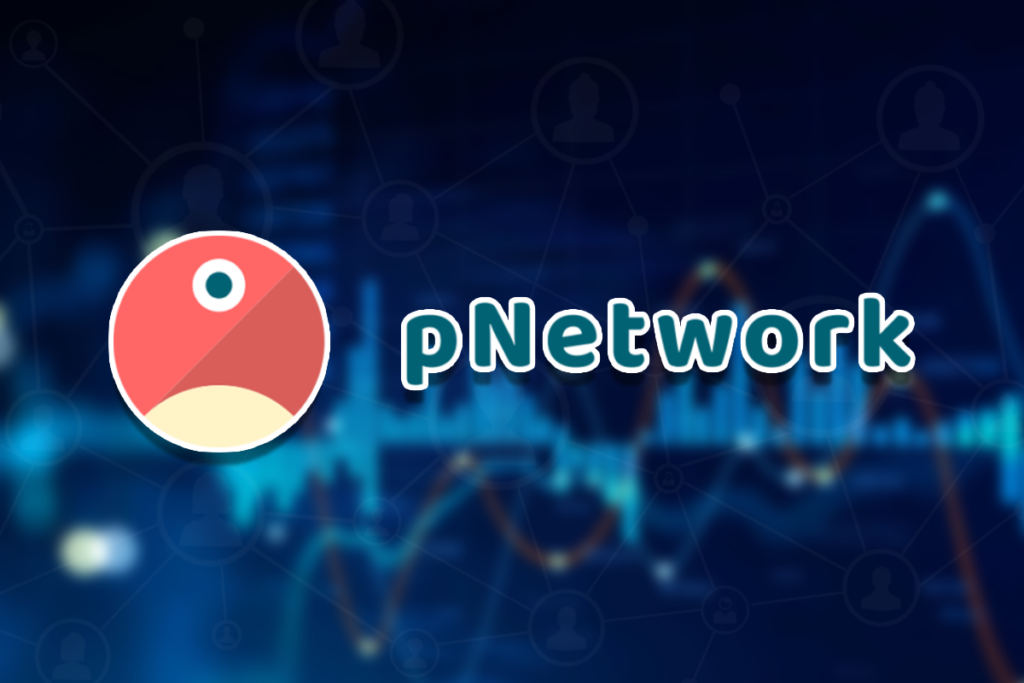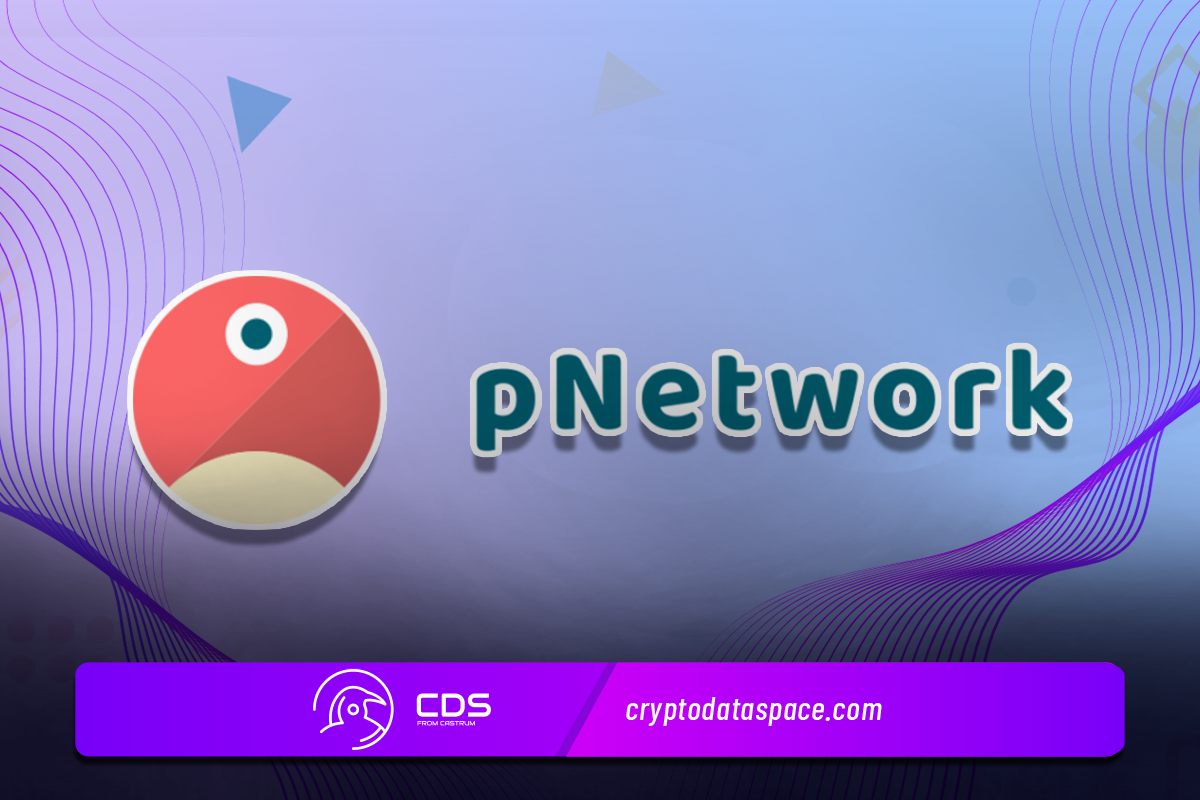PNT platform’s native cryptocurrency and an ERC-20 token. PNT serves as a tool for interchain interoperability, aiming to address the lack of cross-chain compatibility in the decentralized economy.
What Is The PNT Crypto?
Penta (PNT) is a cryptocurrency that operates on the Ethereum platform. Currently, it has a total supply of 49,999,999,999.999901 Penta tokens, with 21,014,319,520.941002 tokens in circulation. The last known price of Penta is $0.00000281 USD, showing a 0.00% increase in the last 24 hours.
Technology and Infrastructure of PNT Crypto
The main purpose of PNT technology is to address the lack of interoperability in a decentralized economy. Currently, effective communication and data exchange between different blockchains can be challenging, limiting the adoption of blockchain-based projects and cryptocurrencies.
PNT serves as a tool designed to tackle this challenge by enabling cross-chain interoperability. It aims to facilitate the seamless transfer of data and assets between different blockchain networks. This promotes more efficient collaboration and integration among various blockchain projects and cryptocurrencies.
Penta (PNT) is a cryptocurrency that operates on the Ethereum platform. It has a total supply of 49,999,999,999.999901 Penta tokens, with 21,014,319,520.941002 tokens currently in circulation. The last known price of Penta is $0.00000281 USD, with a 0.00% increase in the last 24 hours.
By providing cross-chain interoperability and enabling efficient collaboration between different blockchain projects, has the potential to foster the wider adoption of blockchain technology. As the project progresses and gains more traction, the value and impact of may increase, contributing to a stronger and more connected decentralized economy.
PNT Token: Uses and Value Proposition
PNT token serves as a means of implementing community-led governance and acts as an incentive for network participants to fulfill their roles within the system. Representing a crucial element of the ecosystem, the PNT token fulfills incentives for all participants.
- Payment of transaction fees within the pNetwork network.
- Staking tokens to contribute to the pNetwork network.
- Participation in voting processes within the pNetwork network.
- Involvement in decision-making related to the governance of the pNetwork network.
PNT token is utilized for transactions within the pNetwork network, and users are required to stake tokens to ensure the security of the network.
By incorporating the PNT tokens into the system, pNetwork aims to foster active community involvement and incentivize participants to contribute to the growth and development of the network. The token’s multiple use cases enhance its value within the ecosystem and create opportunities.

PNT Ecosystem: Project Partners and Collaborations
The pNetwork ecosystem actively works to address the interaction challenges between Algorand (ALGO) and other blockchains. Additionally, the pNetwork ecosystem has integrated with other blockchain projects such as Chainlink, Binance Smart Chain, Polygon, and Avalanche.
The pNetwork team collaborates closely with Algorand (ALGO) in particular. By integrating the Algorand blockchain into the pNetwork network, their goal is to enable the use and movement of Algorand-based assets across different blockchains. This integration provides pNetwork users with access to tokens on the Algorand network and the ability to utilize them on other blockchains.
Furthermore, the pNetwork ecosystem has established integrations with other notable blockchain projects. Integrations with platforms like Chainlink, Binance Smart Chain, Polygon, and Avalanche allow pNetwork users to access assets within a broader ecosystem and interact with these platforms. These integrations aim to enhance the size and usability of the pNetwork ecosystem, facilitating data and asset transfers across various blockchains.
The pNetwork ecosystem focuses on building a network that supports the decentralized economy by collaborating with different blockchain projects and establishing integrations. Its objective is to improve blockchain interoperability and enable users to easily utilize assets across different blockchains.
















Leave a comment